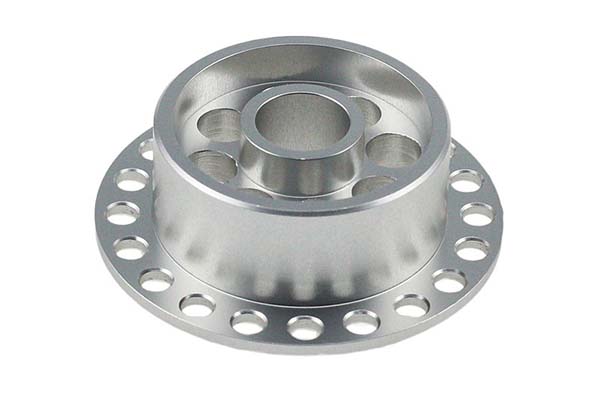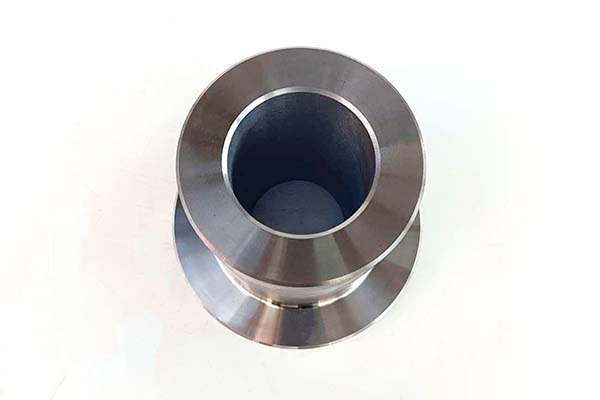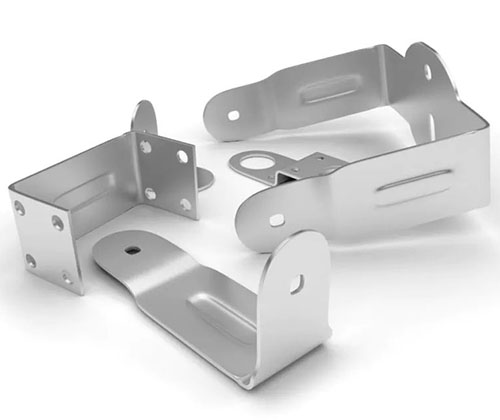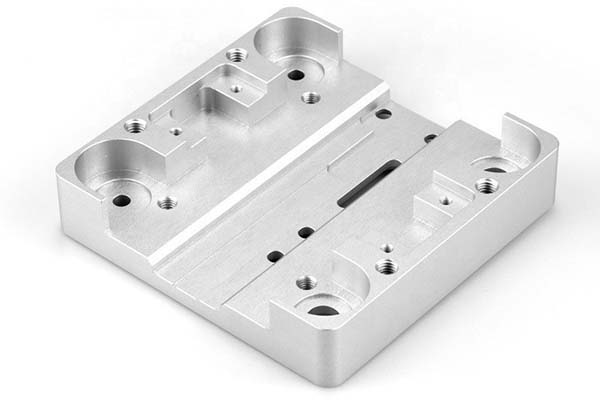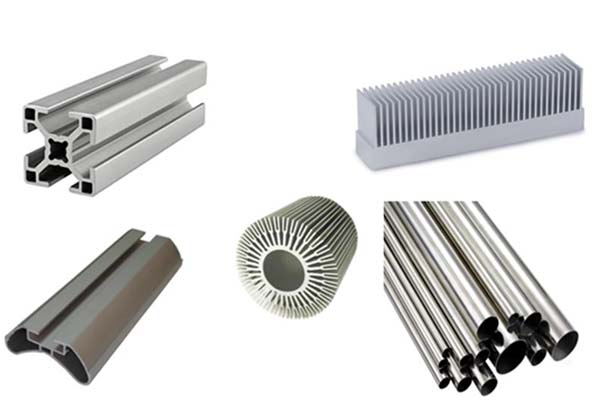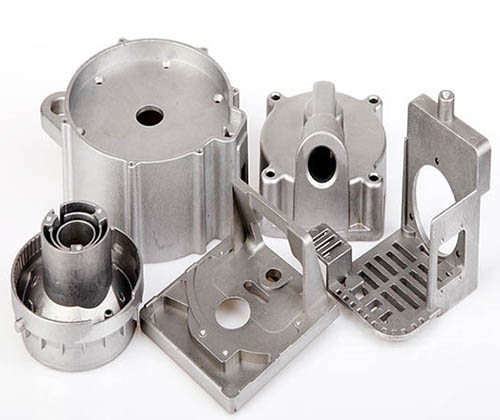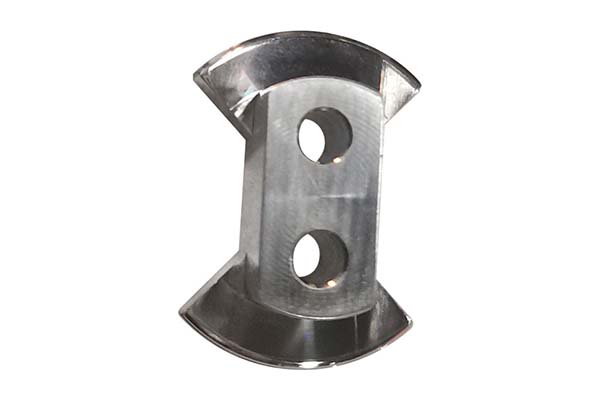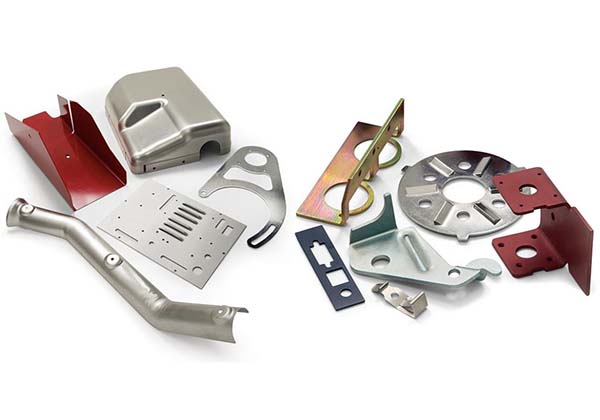You’ve selected AM50A magnesium alloy for its reputation as a balanced material, expecting parts that combine moderate strength, good ductility, and reliable corrosion resistance for automotive parts and consumer products. But your production is facing challenges: the molten metal flows less smoothly than expected, leaving thin sections of transmission housings incomplete. Some castings have lower tensile strength than specified, failing under routine loads, while others crack during assembly due to unexpected brittleness. Maybe the die requires frequent maintenance due to sticking, or the cycle time is longer than projected, cutting into production efficiency. Worse, your “corrosion-resistant” parts show signs of rust after short-term humidity tests, undermining AM50A’s promise of durability.
AM50A is a versatile magnesium alloy prized for its well-rounded material properties. Its unique alloying elements (5% aluminum, 0.3% manganese) deliver a microstructure that balances strength, ductility, and corrosion resistance—making it ideal for a wide range of applications from engine components to consumer electronics. But unlocking its potential requires mastering the die casting process, from inert gas protection to cooling rates. In this guide, we’ll explore die casting AM50A, helping you leverage its unique properties to create reliable, cost-effective parts for diverse industries.
Material Properties: The Balanced Strengths of AM50A
AM50A’s appeal lies in its balanced material properties—a blend of strength, ductility, and corrosion resistance that makes it suitable for varied applications:
- Mechanical performance: AM50A offers reliable mechanical properties for general-purpose use. It delivers a tensile strength of 200-230 MPa, yield strength of 120-140 MPa, and elongation of 8-10%—striking a balance between AZ91D (lower ductility) and AM60B (higher strength). This means it can withstand moderate loads while absorbing minor impacts, making it ideal for automotive parts like seat frames and bracket systems. Its hardness (55-65 HB) is lower than AZ91D but sufficient for non-wear-intensive applications, while its aluminum content enhances strength without sacrificing formability. The manganese content (0.2-0.4%) refines the grain structure and improves corrosion resistance by trapping harmful impurities like iron.
- Corrosion resistance and structure: AM50A’s manganese content is key to its solid corrosion resistance—it forms intermetallic compounds that prevent galvanic corrosion, outperforming AZ91D in humid environments. It withstands 40-60 hours in salt spray tests (uncoated), making it suitable for indoor and protected outdoor applications. When properly cast, AM50A has a uniform grain structure (refined by controlled cooling) that minimizes porosity and ensures consistent mechanical properties. Its density of 1.78 g/cm³ keeps parts 30% lighter than aluminum equivalents, while its specific gravity (1.78) provides a substantial feel in hand tools and consumer products.
- Casting fluidity and conductivity: AM50A has good casting fluidity—not as high as AZ91D but sufficient to fill most complex geometries with walls as thin as 1.0 mm. Its thermal conductivity (70-75 W/m·K) is suitable for heat-dissipating parts like electrical housings, while its electrical conductivity (21% IACS) works for low-current electrical connectors. Its eutectic composition ensures consistent melting and solidification, reducing defects like cold shuts and shrinkage in critical areas.
Die Casting Process: Optimizing for AM50A’s Balance
AM50A’s balanced properties demand specific die casting process controls to maximize its performance and minimize defects:
- Protective measures and parameters: AM50A’s reactivity with air requires inert gas shielding—typically a mixture of 99.9% argon and 0.2% sulfur hexafluoride (SF₆)—to prevent oxidation and porous castings. It uses hot-chamber die casting with injection speed of 2-3 m/s and injection pressure of 20-45 MPa—lower than AZ91D to avoid introducing internal stress that could reduce ductility. The die (H13 tool steel with nitride coatings) is preheated to 170-210°C to improve flow and reduce cold shuts, with die lubrication (water-based with boron nitride) applied evenly to prevent sticking. Over-lubrication is avoided, as it can contaminate the melt and weaken the final part.
- Die design and cooling: AM50A’s moderate casting fluidity requires thoughtful die design. Draft angles of 1-1.5° ease ejection, reducing stress that could cause cracking—critical for maintaining ductility. Venting (0.15-0.2 mm gaps) in deep cavities prevents gas entrapment, which weakens the structure and reduces tensile strength. The gating system uses smooth runners to minimize turbulence, with gates sized to fill the die in 0.6-0.9 seconds—slower than AM60B to avoid introducing stress. Cooling rate is controlled at 25-40°C/s—faster than AM60B to ensure strength, slower than AZ91D to preserve ductility—creating a balanced grain structure.
- Post-casting steps: AM50A requires minimal post-casting treatment to preserve its properties. Shot blasting (100-120 grit) removes surface oxides without work-hardening, which could reduce elongation. Chromate conversion coating (0.5-1 μm thick) enhances corrosion resistance without affecting mechanical performance, extending salt spray resistance to 100-150 hours. Quality control includes tensile testing (to verify strength and ductility) and visual inspection for porosity, ensuring parts meet the 8-10% elongation requirement. For safety-related parts like engine components, ultrasonic testing detects internal defects that could fail under load.
Applications: Where AM50A Excels
AM50A’s balanced properties make it suitable for a wide range of applications across industries:
- Automotive components: AM50A is widely used in automotive parts like seat frames, instrument panel supports, and door modules. Its tensile strength and ductility (8-10% elongation) allow it to withstand the stresses of vehicle operation while absorbing minor impacts. Transmission housings with moderate wall thicknesses benefit from its combination of strength and castability, while its light weight (1.78 g/cm³) improves fuel efficiency—replacing steel with AM50A reduces part weight by 60-70%.
- Consumer products and electronics: Consumer products like power tool housings, camera bodies, and small appliance frames use AM50A for its light weight and smooth finish—reducing user fatigue while maintaining durability. Electrical housings for routers and battery packs leverage its EMI shielding properties, protecting components from interference. Its corrosion resistance makes it suitable for outdoor lighting fixtures and garden tools exposed to occasional moisture.
- Industrial and medical parts: Industrial equipment like small pump housings and conveyor components uses AM50A for its balance of strength and formability, reducing assembly complexity. Medical devices (wheelchair components, portable oxygen tank frames) benefit from its light weight and corrosion resistance, improving patient mobility and safety. Prototyping uses AM50A to test designs for general-purpose parts, as its properties are consistent enough to predict performance in mass production.
Performance and Benefits: Why AM50A is a Versatile Choice
AM50A offers performance and benefits that make it a go-to alloy for diverse applications:
- Balanced performance: AM50A’s combination of strength (200-230 MPa), ductility (8-10% elongation), and corrosion resistance makes it suitable for applications where no single property dominates. It can handle moderate loads, absorb minor impacts, and resist humidity—eliminating the need to switch alloys for slightly different part requirements, simplifying supply chains.
- Cost efficiency: AM50A’s moderate raw material cost (lower than AM60B, higher than AZ91D) and good casting fluidity reduce production costs. Its fast cycle time (30-50 seconds per part) and long die life (400,000+ cycles with proper maintenance) keep per-unit costs low, making it ideal for high-volume production of consumer products and automotive parts.
- Design flexibility: AM50A’s ability to form complex geometries (thin walls, intricate details) reduces the need for assembly, cutting part counts and costs. Its light weight allows larger parts (like instrument panels) to remain manageable, while its compatibility with painting and plating enables customization for aesthetics or branding. For manufacturers, this flexibility means using one alloy for multiple part types, streamlining production.
Yigu Technology’s Perspective: Expertise in AM50A Die Casting
At Yigu Technology, we specialize in AM50A die casting for clients needing balanced performance across diverse applications. We optimize injection speed (2.5-3 m/s) and cooling rate (30-35°C/s) to ensure a balanced grain structure, preserving both strength and ductility. Our die designs feature precision venting and gating systems to maximize flow, with draft angles of 1.2° to prevent cracking during ejection. We offer chromate coating to enhance corrosion resistance for outdoor applications. Whether you need automotive parts, consumer products, or industrial components, we leverage AM50A’s versatility to deliver reliable, cost-effective solutions.
Frequently Asked Questions (FAQ)
- Why is my AM50A showing lower elongation than expected?
Low elongation often stems from rapid cooling or contamination. Slow the cooling rate to 25-30°C/s to allow larger, more ductile grains to form. Ensure material purity—iron content above 0.005% creates brittle intermetallics. Check injection pressure—excess pressure (above 45 MPa) can introduce internal stress, reducing ductility. Finally, verify post-treatment: aggressive shot blasting can work-harden the surface, so use 120-grit media and lower pressure.
- How does AM50A compare to AM60B and AZ91D?
AM50A balances the properties of AM60B and AZ91D: it has higher ductility than AZ91D (8-10% vs. 3-5% elongation) but lower strength than AM60B (200-230 MPa vs. 220-250 MPa tensile). Its corrosion resistance is better than AZ91D but slightly lower than AM60B. Choose AM50A for general-purpose parts (seat frames, housings) where neither maximum strength nor extreme ductility is needed—it offers the best cost-performance balance.
- Can AM50A be used for parts exposed to high temperatures?
AM50A performs well at moderate temperatures (up to 100°C) but softens above 130°C, reducing tensile strength by 20-25%. For parts near engines or exhausts (130°C+), consider a hybrid design: use AM50A for non-heated sections and heat-resistant aluminum (A380) for high-heat areas. For continuous exposure above 150°C, AM50A is not suitable—its strength drops sharply, risking failure under load.

